Walkabout: The Maid, the Murder, and Those Walsh Boys – A Brooklyn Tale, Part 2
This is the story of two poor families in Brooklyn and a terrible crime. In the Part 1, we met one of the ne’er-do-well Walsh boys and his sweetheart, 16-year-old Barbara Gronenthal, who worked as a maid for a well-off family in Bedford in 1881. Next, read Part 3. Barbara was eager to please her…
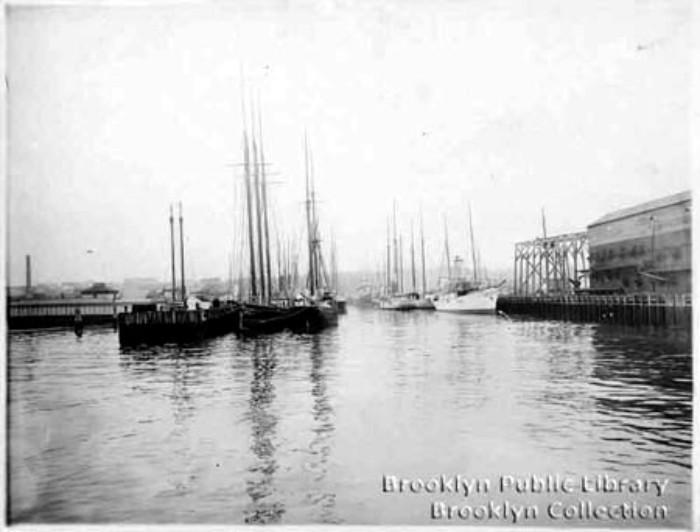

This is the story of two poor families in Brooklyn and a terrible crime. In the Part 1, we met one of the ne’er-do-well Walsh boys and his sweetheart, 16-year-old Barbara Gronenthal, who worked as a maid for a well-off family in Bedford in 1881. Next, read Part 3.
Barbara was eager to please her employer, the Carlisle family. They lived in a four story Neo-Grec brownstone on a quiet block filled with similar houses, part of the great building frenzy that had overtaken Brooklyn.
Like many upper middle-class families, they had at least one live-in servant, as well as help like Barbara and the cook, who were day workers.
Barbara lived in Brooklyn too, but not in a fine brownstone.
She lived in a tenement building at 40 Willoughby Street with her mother and her married sister and brother-in-law. Their flat was above a store on the corner of Jay Street, downtown.
Barbara had caught the eye of a young man named James Walsh. He was a serious lad, lean of build, but handsome and attentive. He also came from reduced circumstances. When James was a boy, his father had fallen down and suffered a massive head injury that had affected his personality and his ability to work. His mother Catherine had assumed the head of the family, and she tried, but was not up to it.
She couldn’t keep track of her oldest son, Frank. Everyone knew him as Buck, and he was indeed buck-wild. By the time he was 20 he had been arrested and imprisoned several times. In 1880, he tried to rob a wealthy family in Brooklyn Heights, had been caught, and sentenced to 20 years in prison.
By January of 1881, he had only served several months of a very long time in Ossining’s Sing Sing Prison, on the banks of the Hudson River.
Back in Brooklyn, Buck’s younger brother James seemed to be quite unlike his brother. He was known to run with some rough company, but had stayed out of trouble and had a job at the Benjamin Moore paint company, then located at 55 Atlantic Avenue.
James told his co-workers that he had a sweetheart, and he wanted to marry her. He had been courting his Barbara for several months, coming by their flat and sitting with the family just to spend time with her.
Mrs. Gronenthal liked James – at first. But the longer the relationship went on, the more they could see that James had issues. He was very jealous of anyone spending time with Barbara, even her male relatives. Barbara had dismissed their concerns until the time that he took her to a dance.
There he had seethed and raged at every man who looked at her. His jealousy was worrisome, and by Christmas, Barbara was no longer in love with the intense young man who had just given her a ring, and pledged his heart. She accepted the ring, with misgivings.
It was a cold winter day on the evening of January 3rd, 1881. Barbara had served the Carlisle family dinner in the dining room in the front room of the ground floor of the house. Dinner was over, and the women had gone upstairs, leaving the Carlisle men to their cigars. The service doorbell rang, and Barbara ran to get it. It was James.
James often accompanied Barbara to work, leaving her at their gate. Sometimes he came by to pick her up at the end of the day, so the family knew who he was. This evening, the Carlisle daughter saw Barbara go outside and speak to him for a moment. James was agitated, and the two had words. Then Barbara rushed back into the house.
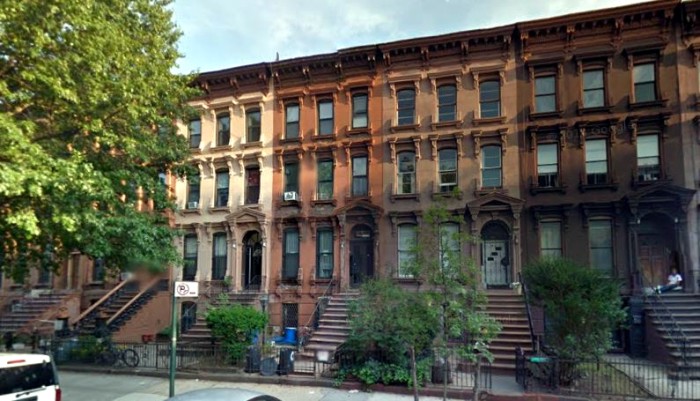
The Carlisle men could see that she had tears in her eyes, but she wiped them, and continued with her work, clearing the table and cleaning the kitchen. She didn’t speak to anyone.
Everyone assumed that James had left, but he had not. He was standing under the stoop, on the short stairs that led to the bottom gate, watching the family and Barbara inside. About an hour later, Mrs. Carlisle asked her son Alfred to fill the coal scuttle. The coal was in the shed under the stoop.
Alfred came out with Barbara, who was holding a candle so that he could see. When they opened the door, a figure jumped back. It was James. Visibly startled, Alfred started to say something, but Barbara said it was alright. Young Carlisle filled the scuttle with coal and went back inside.
Barbara stayed outside with James. A few moments later, she staggered back into the dining room, holding her chest. She gasped, “I’m stabbed.” She fell into Mr. Carlisle’s arms and died on the floor, her blood pooling out around her.
Carlisle called the doctor and sent his son out for the police. Alfred arrived at the nearby precinct and told the desk, “Our girl’s been killed. Come to the house.” The police rushed to 502. There they found the doctor trying to resuscitate Barbara, but it was too late. An examination of her wound showed that she had been stabbed in the chest, below the breast bone, near the neck, and the knife had been drawn downward. She bled out immediately.
The police soon knew who they were looking for: James Walsh, age 19. A tall, young man with light colored hair, wearing a watch cap and dark jacket. Telegrams and telephone calls went out all of Brooklyn’s precincts, and to lower Manhattan as well. The hunt was on.
Meanwhile James had come to the realization of what he had done. The red haze of jealousy and rage had subsided, leaving a vast horror and emptiness. He disappeared into the cold night, without purpose, hiding and then making his way…somewhere.
The police dragnet continued into the night. Every cop in Brooklyn was looking for James Walsh. They checked his home, his job, and all of his known hangouts. No one knew where he was, and no one had seen him.
At 9:30 that night, a figure stood at the banks of the Gowanus Canal, near the Hamilton Avenue Bridge and looked at the icy black waters. He stared at the water lapping at the bulkheads, leaving the spume of dirty ice on the wood. He hoped the water would be so cold that it would freeze him before he could drown. It would be easy to just slip away under the water. He had just killed the love of his life. He was damned anyway. He jumped.
His body hit the freezing water, and the primal urge for self-preservation took over. He started screaming and splashing, as the icy water began freezing his limbs, and his heavy clothes began pulling him down. Just then his cries were heard by the conductor of a passing Court Street horse trolley car. The man rushed over and somehow pulled James out, leaving him shivering and gasping for breath on the ground.
The conductor took him to a drugstore on Court Street, where an ambulance was called, and James was taken to Long Island College Hospital. When the police found out about the incident, they sent detectives to the hospital.
There they found a young man wrapped in blankets, his wet clothes in a heap on the floor. He was in shock and still shivering. The police looked at his face and his clothes, and knew they had James Walsh.
The detectives began to question him. “Walsh, what happened?”
“I don’t know. I think I’m dying. Call a priest.”
“Why did you hurt the girl on Willoughby Street?”
“I don’t know. I must have been insane.”
Walsh was given some kind of drugs and was bundled up in his wet clothes and taken back to the precinct and tossed in a cell. The detectives went back to the house on Willoughby and found the knife under the stoop. It was a black handled pocket knife with a razor sharp blade. They had the weapon and the murderer. This case was open and shut.
James Walsh sat in the Raymond Street Jail awaiting his murder trial. On January 15th, 1881, almost two weeks after his arrest, his older brother and some other prisoners decided to make a break for it, and run from Sing Sing across the frozen Hudson River to freedom.
Buck never made it. A guard’s bullet went through his neck, dropping him to the ice like a stone. One Walsh brother was dead. Would a jury soon send another to join him?
Next – Was James Walsh insane, as he claimed on the night of his arrest? Or was that just a Hail Mary defense for an indefensible crime? What would be the fate of James Walsh, a young man not even 20 years old who had taken the life of an innocent 16-year-old girl? The story concludes tomorrow.
Top photograph: Gowanus Canal. Brooklyn Public Library
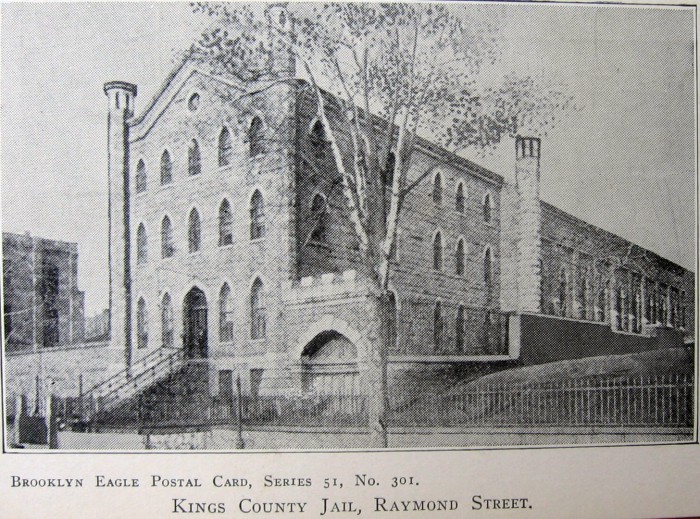


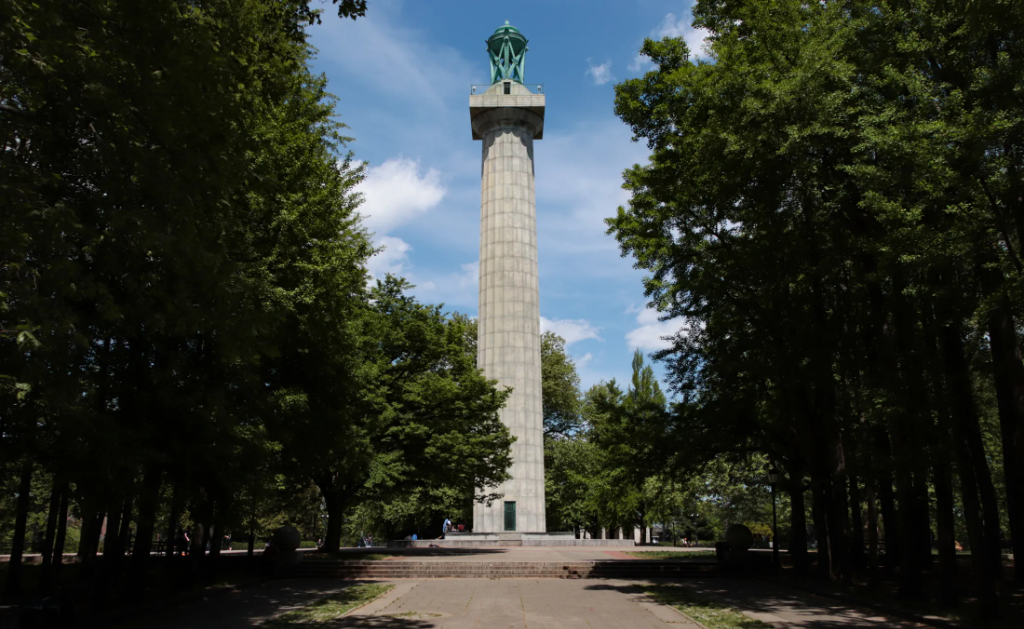

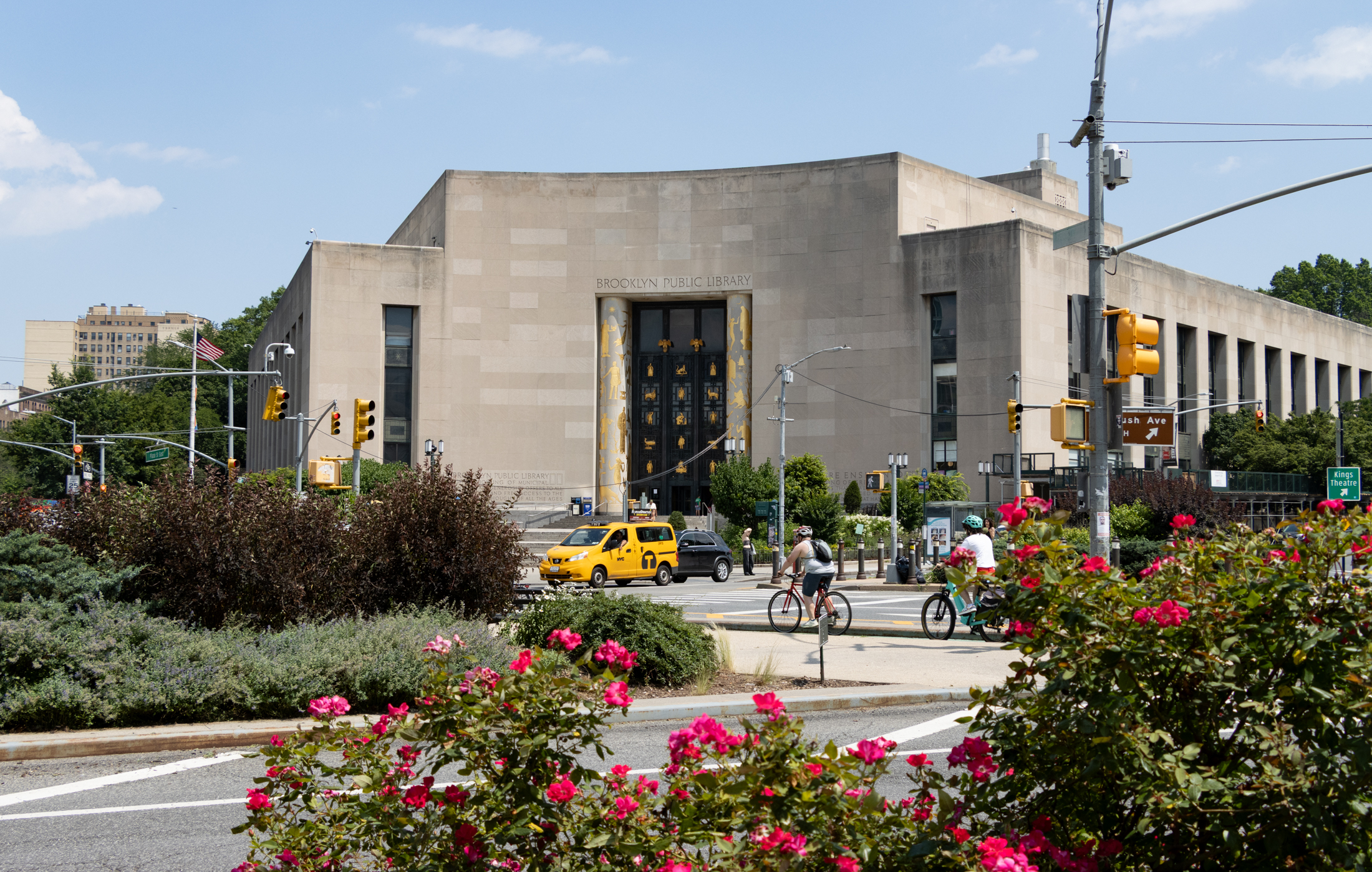
Me too! Thanks MM!